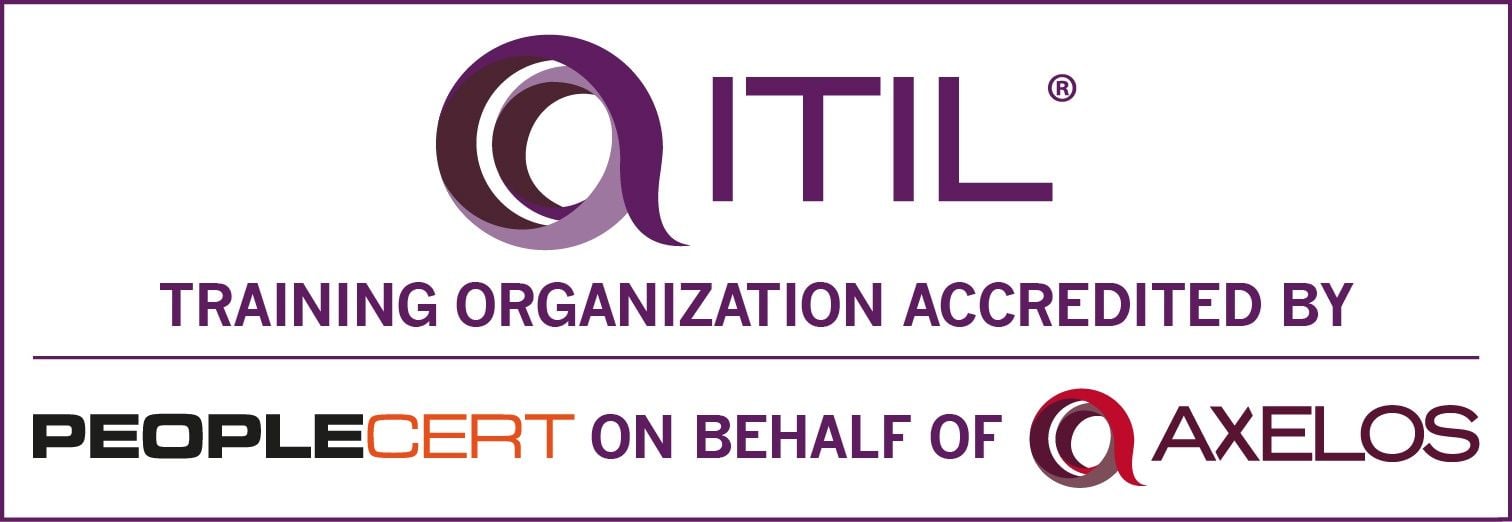Why You Might Need to Replace Three-Tiered Support With Swarming
Which system of support works best for your organization may depend on the size of your organization and the type of support calls you receive.
Customer support has always been an essential part of running a business. The age of e-commerce has made it even more critical, with customers receiving orders from companies around the globe without ever setting foot into a physical storefront. The increase in online shopping throughout the pandemic has also increased customers’ expectations regarding service and support.
Traditional customer support revolves around a three-tiered technique. While that may have been sufficient in the past, swarming support models are proving to be more efficient and effective.
Defining Three-Tier vs. Swarming
Most traditional customer service systems work with a tiered model, with each successive layer offering support for more complex issues. The first tier answers incoming calls or messages, addressing simple problems and elevating more complex ones to a higher level. The second tier will usually include specialists and service desk-focused individuals, while the third will have highly trained individuals who work with specific tasks, technologies, or applications.
This system works for many services. Tier one agents can handle most small issues and are trained to understand when they need to escalate a problem rather than trying to solve it. In some scenarios, this isn’t the most efficient way to address customer concerns. This is where swarming can play its part.
Swarming support eliminates tiers and escalation protocols in favor of a system that connects consumers directly with the person most likely able to solve their problem. Instead of waiting for a deluge of calls or messages, swarm service agents monitor incoming tickets and have the freedom to address the ones they can easily solve. Things they can’t crack are left for other people in the swarm.
Three-Tiered Support: Pros and Cons
Tiered support models are popular because they work in the majority of cases. There are plenty of pros — and just as many cons — for this sort of system:
Pros
- There is limited training required for tier-one employees.
- It keeps specialists from being tied up with simple problems.
- Specialists are usually easy to find and retain.
Cons
- It tends to create massive queues and ticket backlogs.
- Widespread problems can easily overwhelm the first tier.
- The lack of training and knowledge means there’s no need or desire for skill sharing.
Tiered support is only genuinely workable for companies with a large customer service staff. A three-tiered system doesn’t make much sense if the team only includes three people.
Swarming Support: Pros and Cons
Swarming support might be new, but it’s quickly gathering momentum and becoming a viable alternative to a tiered approach. It isn’t the perfect solution, however. Let’s explore some pros and cons of swarming support.
Pros
- Swarming makes it easier to offer faster resolutions.
- It reduces or eliminates ticket backlog.
- It encourages collaboration and skill-sharing among team members.
Cons
- Swarming support lacks a traditional structure, which may require a significant shift in working style.
- Skilled specialists may find their time absorbed by mundane or straightforward issues.
- It can be difficult to manage in big companies or with large teams.
They say too many cooks spoil the broth, which is valid here. Collaboration and skill-sharing between small teams creates a more efficient customer service experience. Trying to do the same with a large group will likely result in people stepping on each other’s toes, creating unnecessary conflict and making it more challenging to get the job done.
Is Three-Tiered Support Ever the Better Option?
Three-tiered support might be the mainstay of modern customer service, but things need to change with the times. Are there ever any instances where tiered support might be the better option?
This type of support can be good for companies that manage large customer service teams or ones that only receive a small number of specialized service calls requiring escalation to a higher tier. It can also work for businesses using chatbots to answer frequently asked questions. These systems can filter out simple questions that don’t require the intervention of a customer service agent.
Suppose you’re running a smaller company that only employs a handful of customer service agents at any given time. In that case, a three-tiered customer support system doesn’t make sense. Switching to a swarming system can help reduce ticket backlog and queue sizes while ensuring customers get the answers they need.

)
)
)
)
)
)
)
)
)
